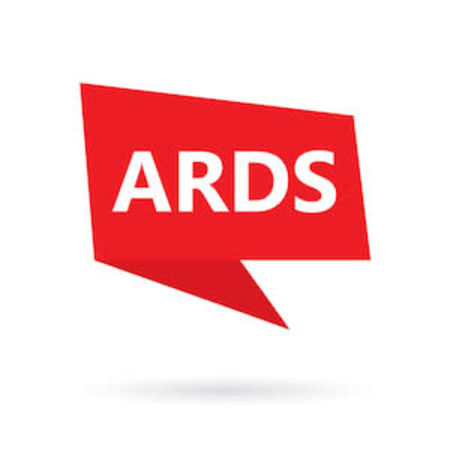Acute Respiratory Distress Syndrome (ARDS) was described as a syndrome in 1967. At that time, it was defined as a condition characterised by severe hypoxaemia and diffuse bilateral opacities. Diagnosis of ARDS has always been context-dependent, but overall, achievements in traumatic and medical resuscitation and the use of invasive mechanical ventilation have allowed patients with ARDS to live longer.
ARDS was always considered to be a clinical manifestation of serious acute lung injury of multiple causes. However, several definitions of ARDS have been proposed over the years. The most recent classification system is the Berlin consensus definition. As per this definition, bilateral opacities after an identifiable trigger lead to hypoxaemia.
Two modifications have been made since the publication of this definition. First, the Kigali definition adapted the Berlin definition to resource-constrained environments and broadened chest imaging to include ultrasound. It also removed PEEP requirements, advocating oxygen saturation as measured by pulse oximetry. The second change was the increasing use of high-flow nasal oxygen (HFNO), where Matthay and colleagues proposed that it is equivalent to mechanical ventilation for the purpose of diagnosis.
Now with the COVID-19 pandemic, once again, clinicians and triallists are reconsidering the definition of ARDS. So far, a patient with COVID-19 associated respiratory failure is classified using a scale developed early on in the pandemic and which aligns quite poorly with established ARDS definitions. The scales are those outlined by the World Health Organization/National Institute of Health, which divide patients on the basis of the amount of respiratory support provided, the location of therapy or the type of life support interventions used.
As per these definitions, patients with COVID-19 ARDS are classified as severe or critical of COVID-19 and depending on the mode of advanced respiratory support that is used, patients with similar severity of respiratory failure may be scored a 5,6 or 7 on an 8-point ordinal scale. COVID-19 and ARDS trials focus on early intervention, but experts propose that an expanded definition may be needed that would identify patients at an earlier time point in their ARDS so that clinicians could focus at a pivotal time for potential interventions.
The application of the Berlin definition on COVID-19 associated ARDS is logical. Severe hypoxaemia is common, and opacities are generally bilateral. Therefore, employing pragmatic approaches to the ARDS definition within COVID-19 can be successfully done without altering the specificity of the resulting diagnosis or the relevance of ARDS-specific treatments. The authors propose a definition of COVID-19 associated ARDS as a patient receiving HFNO, NIV or IMV for acute hypoxaemic respiratory failure owing to severe acute respiratory syndrome coronavirus 2 pneumonia. This would be consistent with the pathophysiological rationale of the Berlin definition. Most patients that meet this definition of COVID-19 ARDS will have some form of chest imaging to confirm the diagnosis of COVID-19 pneumonia. The authors acknowledge the use of variable definitions of HFNO and emphasise the need for higher flow rates, titratable FiO2, and delivery of modest levels of PEEP.
This definition of COVID-19 ARDS can help identify a target population physiologically consistent with the intent of the Berlin definition, the Kigali definition and the proposal of Matthay and colleagues.
Source: Annals of the American Thoracic Society
Image Credit: iStock



























